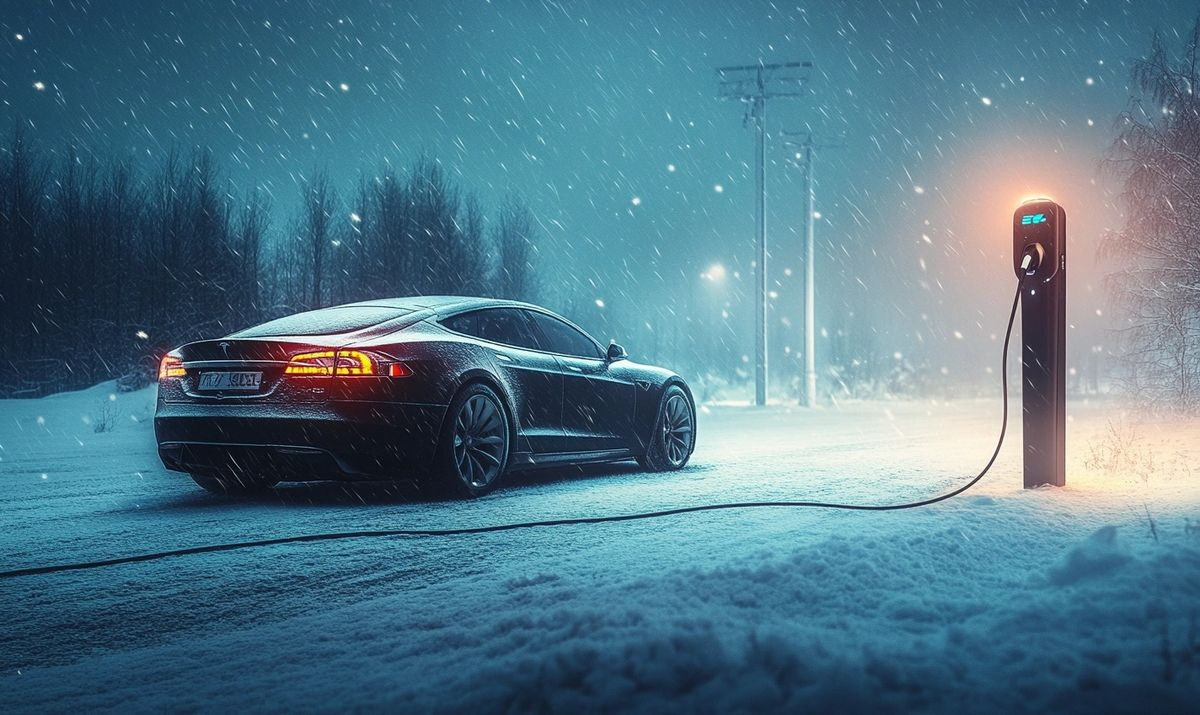
In an era where sustainability and innovation go hand in hand, the debate between Battery Electric Vehicles (BEVs) and Internal Combustion Engine (ICE) cars is more pertinent than ever. As we navigate a world of climate change and escalating fossil fuel costs, electric vehicles are stepping into the limelight as modern engineering marvels. Understanding the nuances of BEVs versus ICE vehicles helps consumers make informed choices and paves the way for a cleaner, greener future.
Battery electric vehicles represent a significant shift in automotive technology, eliminating the need for gasoline and offering an eco-friendly solution without the harmful emissions associated with traditional vehicles. With impressive advancements in battery technology and charging infrastructure, the transportation landscape is evolving rapidly. This blog post will delve into comparing battery electric vehicles, highlighting key features, performance metrics, and the benefits of BEVs.
As we weigh the internal combustion engine vs. BEV dynamic, we will explore how electric cars outperform gas cars in efficiency, sustainability, and cost management over time. Understanding the BEV benefits, from reduced maintenance to government incentives, can empower consumers to join the electric revolution. Buckle up as we embark on a journey through the fascinating world of electric vehicles!
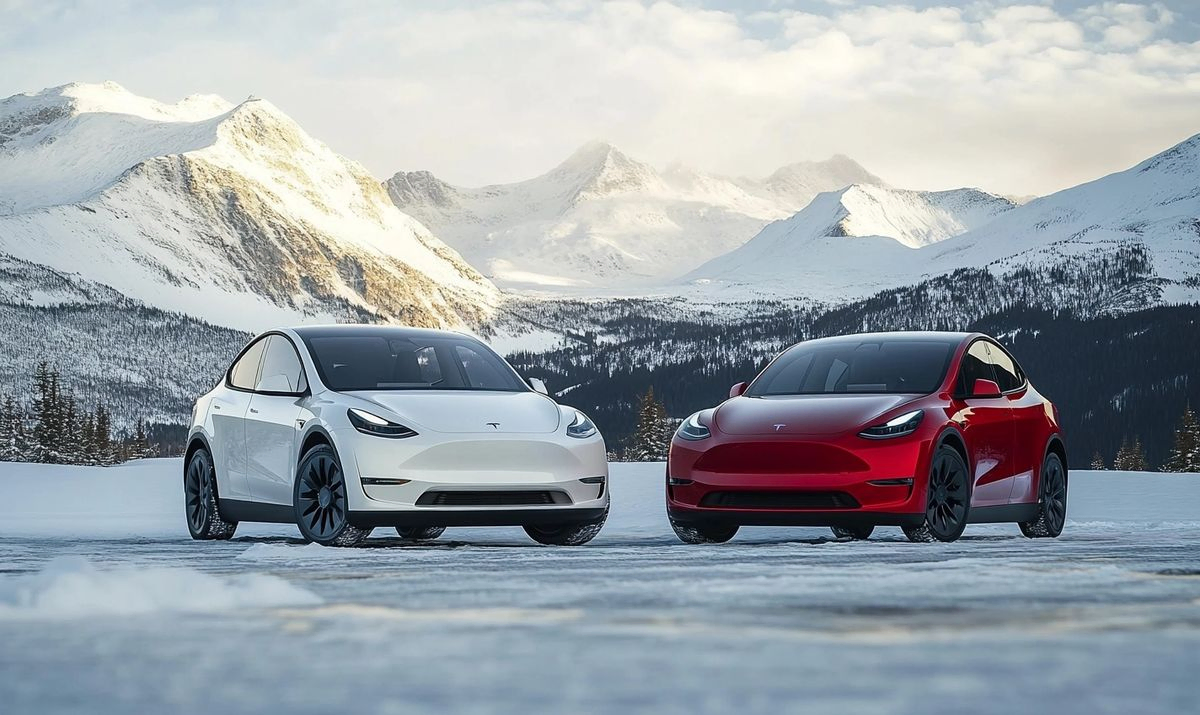
What is a Battery Electric Vehicle (BEV)?
So, you’ve probably seen the buzz about electric cars lately, right? A Battery Electric Vehicle (BEV) is a game-changer in the automotive world. Instead of relying on traditional fuel, like gasoline, BEVs run exclusively on electricity. Imagine zipping around without the lingering smell of fuel. Sounds refreshing.
How Do BEVs Work?
Now, let’s break it down. BEVs are powered by a large battery that stores electricity. This power is used to run electric motors, which drive the wheels. You plug your car in, charge it up, and go off—much like charging your phone!
- No Emissions: Say goodbye to those harmful exhaust fumes.
- Cost-Efficient: Featuring lower maintenance costs compared to traditional cars.
- Instant Torque: Feel that power immediately when you step on the pedal.
BEV vs. ICE: What’s the Difference?
We’re pitting electric vehicles against internal combustion engines (ICE) when discussing BEV vs. ICE. It’s like comparing apples to oranges! Here’s a quick breakdown:
- Efficiency: BEVs convert about 60% of their energy from the grid to power at the wheels.
- Fueling Up: Refueling an ICE might take longer. With a BEV, you can plug it in and charge it while you sleep!
- Maintenance: Think about fewer moving parts in a BEV. This typically means fewer repairs over time!
Why Choose BEVs?
Have you ever considered the benefits of BEVs? Aside from being eco-friendly and saving the planet, driving a BEV effectively impacts your wallet, too. You can save big bucks on gas and enjoy government incentives in many regions.
Isn’t it time we asked ourselves, “Do I want to stick with tradition or embrace innovation?” The future is electric, and it’s time to join the revolution. Imagine driving a vehicle that gets you places and helps preserve our planet. That’s what it’s all about!

Understanding Internal Combustion Engines (ICE)
When you hear about cars, you often hear the roaring sound of an internal combustion engine (ICE). But what does that mean? The engine powers most vehicles today, using gasoline or diesel as fuel. Imagine it as a powerful little heart pumping energy through your car, but it has a lot of baggage.
How Do They Work?
So, how does this little powerhouse work? Well, the ICE takes air and fuel and compresses them inside cylinders. Then, a spark ignites the mixture, causing a mini-explosion. This explosion pushes pistons, which turn the crankshaft and ultimately get your car moving. Isn’t it amazing how something so small can create so much power?
But wait, there’s more to it. Here’s a quick breakdown:
- Fuel Type: Most ICE vehicles run on gasoline or diesel.
- Efficiency: They convert only about 20% of the fuel energy into actual movement. That’s a lot of wasted energy!
- Emissions: They also spit out harmful emissions, contributing to air pollution.
The ICE Lifestyle
Owning a car with an ICE is like riding a rollercoaster—it’s thrilling but sometimes gives you a headache. Maintenance can be a pain. Oil changes, exhaust repairs, and fuel costs—all add up. You might feel great hitting the road, but then you remember the frequent stops at the gas station, draining your wallet.
What About BEVs?
Let’s consider how that compares to battery electric vehicles (BEVs). Imagine the peace of mind knowing you’re not contributing to air pollution every time you drive. With BEVs, you can refuel your ride at home while you sleep, like charging your phone. Ever think about how easy that is?
So, when we dive into the BEV vs. ICE conversation, the differences are stark. You get excellent performance and efficiency with BEVs, while ICE vehicles sometimes leave you stuck in traffic, annoyed at rising fuel prices.
In a nutshell, ICE vehicles are like old-school sneakers that might look great but feel heavier after a while. Think about that the next time you see a gas pump or hear that revving engine. Which lifestyle do you want to embrace?
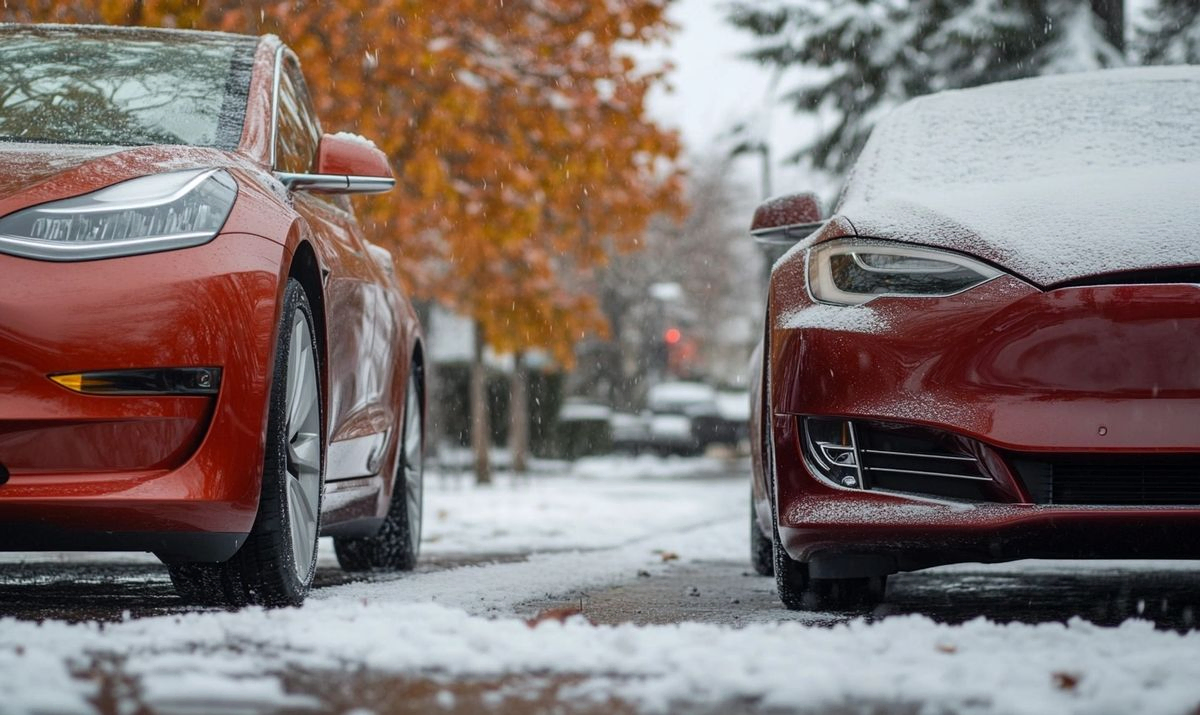
BEV vs. ICE: Key Differences Explained
Regarding cars, the buzzwords BEV and ICE are thrown around a lot. But what do they mean? Let’s dive into the thick of it and explore the differences!
Power Sources
A Battery Electric Vehicle (BEV) runs solely on electricity stored in its battery. In contrast, an internal combustion engine (ICE) vehicle relies on gasoline or diesel. It’s like comparing a plug to a gas pump. One is clean and quiet, while the other churns out noise and emissions.
Performance and Driving Experience
Picture this: You’re behind the wheel of a BEV. The acceleration is instant, and the ride is smoother since there’s no gear shifting. It’s like surfing a wave. Meanwhile, driving an ICE feels more like a bumpy roller coaster. Some love that traditional roar, but who wouldn’t prefer gliding in silence?
Maintenance: A Simple Comparison
When it comes to upkeep, BEVs have the upper hand. They have fewer moving parts, which means less maintenance. Here’s a breakdown:
- No oil changes are needed.
- Fewer parts mean fewer repairs.
- Battery health is crucial, but costs are dropping!
Conversely, ICE vehicles require regular oil changes and can be prone to wear and tear. Think of them as pets—ICE cars need constant care, while BEVs thrive on simplicity.
Environmental Impact
This part is a no-brainer! BEV benefits are significant for the planet. Let’s face it: cleaner air feels good. When you drive a BEV, you’re cutting down greenhouse gases and supporting sustainable energy use. It’s like choosing to turn off the lights when you leave a room – every little bit helps!
Fueling Up: Charging vs. Refueling
Charging a BEV at home can be like plugging in your phone. Easy-peasy! Just imagine filling up at a gas station and often waiting in line. You could spend that time scrolling social media instead!
So, when you stack BEV vs. ICE against each other, it’s clear the electric side offers many advantages. Have you felt the pull toward the electric side? It might just be time to make the switch!
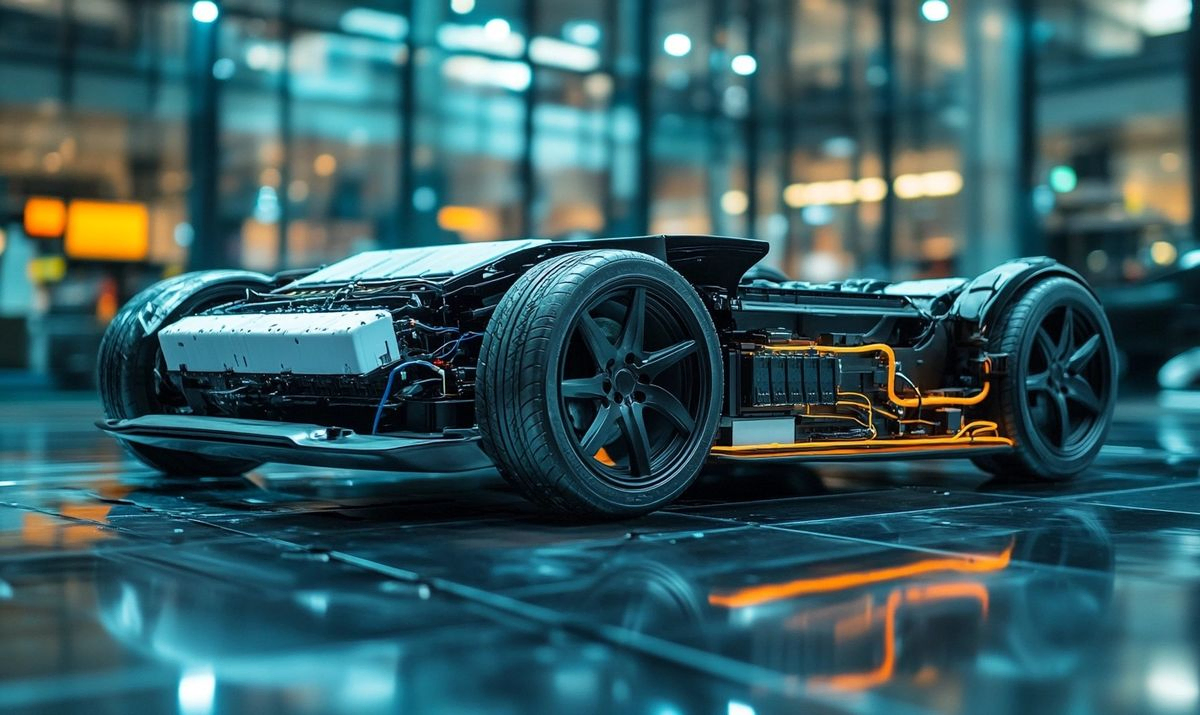
Electric Car vs. Gas Car: Performance and Efficiency
How Do They Stack Up?
Regarding performance and efficiency, it’s a classic showdown: electric car vs. gas car. If you’ve ever wondered how battery electric vehicles (BEVs) hold up against traditional internal combustion engines (ICE), you’re not alone. Both have their perks, but the differences can be eye-opening.
Acceleration: Instant Power
Take a moment to picture this: you’re waiting for the green at a stoplight. Once it hits, the BEV zips forward with astonishing torque right off the line. Imagine the thrill of that instant power! It’s like a roller coaster ride without the wait. In contrast, an ICE engine may take a second to rev up, which can feel like an eternity in the race for the fastest getaway.
Fuel Efficiency: Numbers Matter
Now, let’s talk about fuel efficiency. Gas vehicles typically average about 25 miles per gallon. BEVs? They convert electricity into motion differently. Many models can achieve around 4 miles per kilowatt-hour. So, what does that mean in simple terms? Less time and money spent at the pump—more time enjoying the drive!
Cost of Ownership: The Emotional Edge
Imagine waking up each day knowing you’re saving money. That’s the emotional pull of choosing a BEV. You can drive without breaking the bank with their reduced maintenance costs and appealing incentives. Plus, consider how much you spend on gas. Wouldn’t that money be better spent on a road trip or a fancy dinner?
- BEV Perks:
- Lower fuel costs
- Minimal maintenance needed
- Quiet operation
- ICE Considerations:
- Longer refueling times
- Complex maintenance needs
- Higher emissions
Environment: A Feel-Good Factor
You are considering the BEV benefits if you care about the planet (who doesn’t?). They produce zero tailpipe emissions. When you drive a BEV, you’re making a statement! You’re saying “Yes!” to cleaner air and a greener world. And isn’t it nice to feel like you’re part of something bigger?
So, whether you prefer speed, savings, or a smile-inducing eco-friendly ride, the battery-electric vehicle comparison shows they have much to offer. It’s not just a vehicle; it’s a lifestyle choice. Are you ready to dive into this exciting world and experience the future of driving?
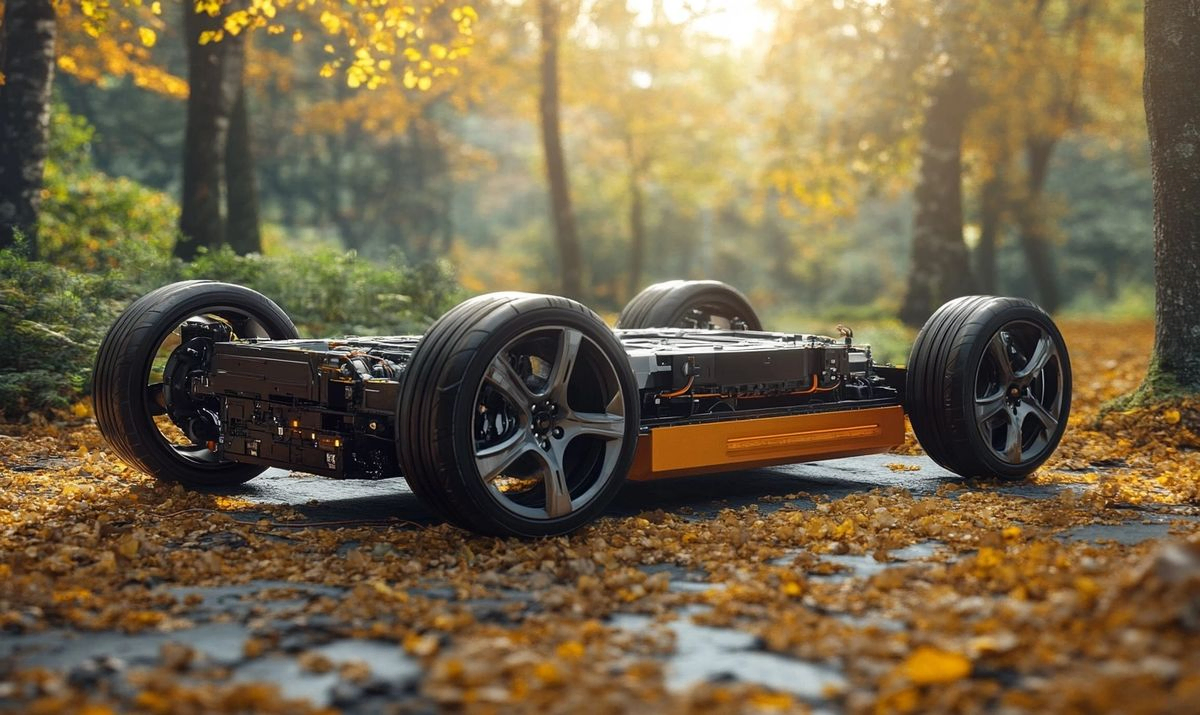
BEV Benefits: Environmental Impact and Cost Savings
Why Go Green with BEVs?
Have you ever considered what driving a Battery Electric Vehicle (BEV) means? Imagine zipping around town, not just saving money on gas but also saving our planet. Every time you hit the accelerator, you go easy on Mother Earth. It’s like giving her a high-five!
Less Pollution, More Love for the Planet
What’s one big perk of switching to a BEV? It’s the drastic drop in emissions. A battery electric vehicle comparison to an internal combustion engine (ICE) car shows just how much kinder BEVs are. Think about it: no exhaust fumes or toxic gases ruining our air!
BEV Benefits:
- No tailpipe emissions.
- Less CO2 comes from charging these cars when using renewable energy.
- They help reduce noise pollution, too!
The Wallet-Friendly Side of BEVs
Who doesn’t love saving money? One of the biggest draws of choosing a BEV vs. ICE trend is the savings on fuel and maintenance. Do you remember the last time gas prices shot up? Now, imagine driving an electric car. That’s right—your wallet stays hearty while others feel the pinch.
Here’s how BEVs save you cash:
- No need for oil changes. Bye-bye, pesky maintenance costs!
- Electricity costs are often lower than gas prices.
- Many states offer tax credits to electric car owners, meaning more $$ back in your pocket!
Feeling the Performance Buzz
Are you considering how a BEV stacks up against a traditional gas car? Get this: electric vehicles deliver instant torque, giving you that zippy feeling when you press down on the pedal. You’re practically flying! It’s like comparing a cheetah to a turtle.
So, consider all these perks next time you compare an electric car vs. a gas car. You’re not just getting a car but investing in a better future. Isn’t that worth considering?
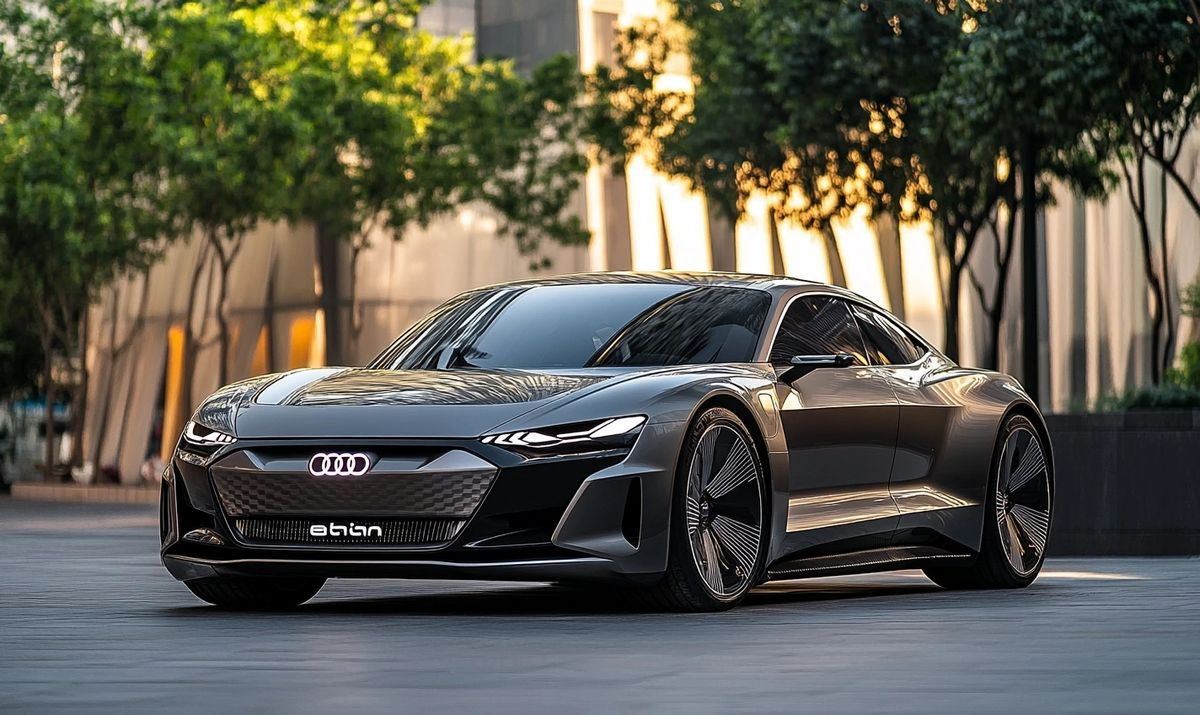
Charging Infrastructure for Electric Vehicles
The Basics of Charging
So, you’ve decided to go electric. Great choice! But what about charging? Think of charging your electric car like refueling your gas car but with a twist. Instead of stopping at a gas station, you have many options to keep your ride powered up.
Types of Charging Stations
There are mainly three types of charging stations:
- Level 1 Charging: This is your standard household outlet. It’s slow, usually adding about 3-5 miles of range per hour.
- Level 2 Charging: Found at many public locations, like malls and parks. You can expect about 10-20 miles of charge per hour.
- DC Fast Charging: These are usually found along highways and can recharge your car up to 80% in about 30 minutes. Perfect for road trips!
How Does It Work?
If you’ve ever plugged in your phone, you can handle this! You connect the charger to your car’s port. It’s like giving your vehicle a quick energy drink on the go—easy peasy!
Charging at Home vs. Public Charging
Charging at home is super convenient. Just plug it in overnight, and you start daily with a full battery! But what if you’re out and about? Public charging stations are popping up everywhere, making finding a spot to plug in easier.
Planning Your Charging Trips
Just like you wouldn’t start a road trip without gas in your tank, you’ve got to plan for electric charging! Use apps to find nearby stations. They show real-time availability, so you won’t be left in a pickle, wondering where to charge.
Is It Sustainable?
Having a suitable charging infrastructure is critical to a thriving EV market. It’s like building the roads for a highway system. As more stations are built, it will be easier for everyone to switch to battery-electric vehicles.
Key Takeaways
1. Charging can happen at home or on the go.
2. Different charging levels offer various charging speeds.
3. Planning is essential to avoid running low on battery.
So, are you ready to embrace the electric life? With the proper charging infrastructure, the journey is just getting started!
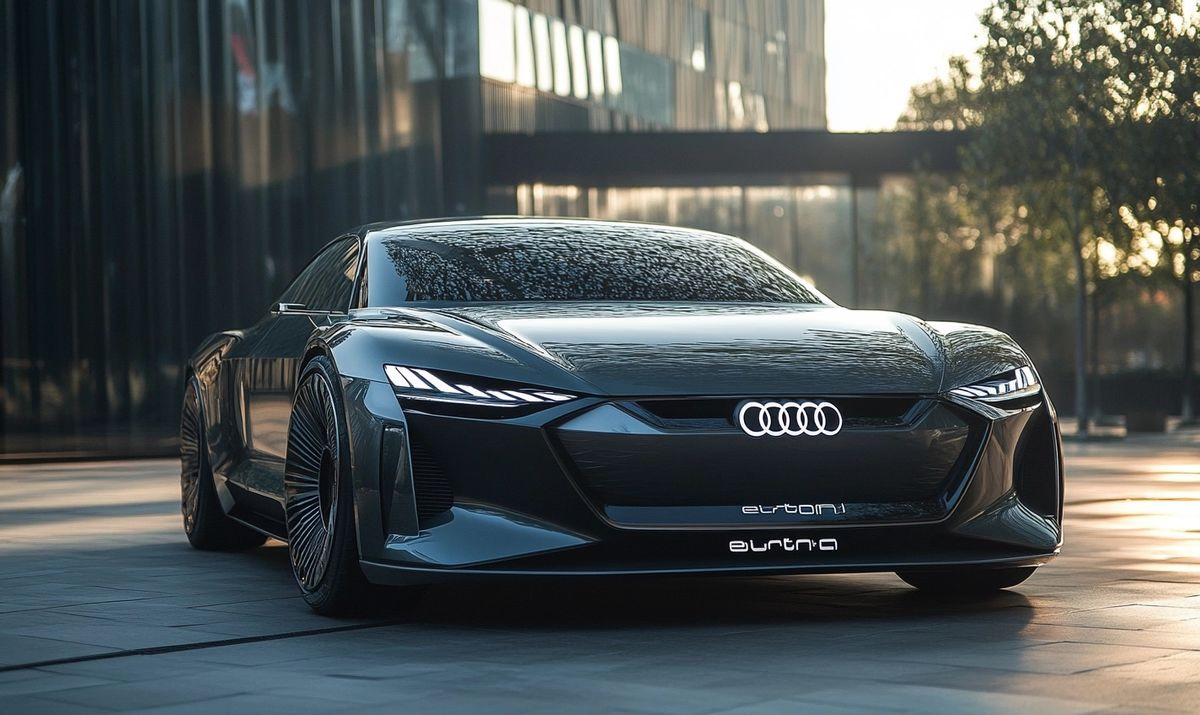
Future Trends in Electric Vehicle Technology
The Rise of Autonomous EVs
Imagine a world where your car drives itself! That’s not just a dream anymore. Autonomous electric vehicles (EVs) are becoming a reality as technology advances. These vehicles will minimize human error and enhance road safety. Think of it as having a chauffeur who never gets tired or distracted!
Battery Innovations That Wow
What if your battery electric vehicle (BEV) could last longer with fewer charges? Thanks to cutting-edge battery technology, that dream is slowly unfolding! We’re talking about:
- Solid-state batteries – lighter and safer than traditional lithium-ion
- Fast-charging options that will fill your battery in minutes!
- Longer ranges that will make those long road trips a breeze
Imagine driving across the country without worrying about finding a charging station. Sounds liberating, right?
Connected Ecosystems
Ever heard of the Internet of Things (IoT)? Now, put that in your car! The future of electric vehicles includes connectivity where your BEV communicates with traffic lights, nearby vehicles, and charging stations. Think of it like a tight-knit community of cars working together!
What are the benefits of this connected ecosystem?
- Improved traffic flow means less time spent stuck in traffic!
- Real-time updates on charging availability – no more waiting in line!
- Enhanced safety through vehicle-to-vehicle communication
So, What’s Next? Smart Grids!
Have you ever considered how your BEV connects to the power grid? The future is bright! With smart grids, your car will plug in and talk to power stations. This will help you use renewable energy at its peak—think solar panels soaking up the sun’s rays while at work.
Also, who wouldn’t love the idea of your car selling back energy to the grid when it’s not in use? It’s like having a money-making companion! What if your EV helps you save money while being eco-friendly?
Conclusion
The future of electric vehicles is brighter than ever. With BEV benefits like sustainability and cost savings rising, who wouldn’t want to jump aboard this electric revolution? Are you ready to embrace the change?
Conclusion
In conclusion, the comparison between BEV vs. ICE highlights a pivotal shift in the automotive landscape. Battery electric vehicles (BEVs) are not just an alternative to traditional internal combustion engine (ICE) vehicles; they represent a forward-thinking approach to sustainable transportation. With technological advancements, BEVs offer various benefits, from lower operational costs to a reduced carbon footprint, making them an attractive option for environmentally conscious consumers.
The performance of electric cars versus gas cars continues to improve, showcasing impressive acceleration and efficiency. As charging infrastructure expands and battery technology advances, the convenience and practicality of owning a BEV are set to increase further. Moreover, governments worldwide are incentivizing the transition to electric vehicles, creating an even more favorable environment for potential buyers.
Ultimately, the decision between BEV and ICE comes down to individual needs, lifestyle, and values. Embracing the BEV revolution means aligning with a future driven by innovation and sustainability. As we move toward a cleaner and greener world, understanding the battery-electric vehicle comparison becomes crucial for making informed choices in your next automotive purchase.
Frequently Asked Questions (FAQs)
What is the difference between BEV and ICE vehicles?
BEV stands for Battery Electric Vehicles, which run solely on electricity stored in their batteries, while ICE refers to Internal Combustion Engine vehicles that rely on gasoline or diesel fuel. The primary difference is in their propulsion systems and environmental impact.
What are the main advantages of BEV compared to ICE vehicles?
BEV benefits include lower emissions, reduced fuel costs, decreased maintenance requirements, and quieter operation. Additionally, many regions offer incentives for electric vehicle purchases, which can further enhance the attractiveness of BEVs over traditional gas cars.
How do we compare battery electric vehicles against gas cars regarding range?
While traditional gas cars typically have longer ranges due to gasoline’s energy density, many newer BEVs now achieve ranges comparable to petrol vehicles, often exceeding 250 miles on a single charge. Continuous advancements in battery technology are also closing this gap further.
Are BEVs suitable for long-distance travel?
Yes, many BEVs are now designed with long-range capabilities and are increasingly equipped with fast-charging options, making them suitable for long-distance travel. Planning is essential, though, due to varying charging station availability.
What should I consider when switching from an internal combustion engine to a BEV?
Consider factors such as driving habits, access to charging infrastructure, battery life expectations, and potential government incentives. Additionally, evaluate your needs against the available BEV models in the market.
How do BEVs contribute to environmental sustainability?
BEVs produce no tailpipe emissions, significantly reducing air pollution. If powered by renewable energy sources, they can considerably reduce greenhouse gas emissions, promoting a cleaner environment.
What are the maintenance requirements for BEVs compared to internal combustion engine vehicles?
BEVs generally have lower maintenance needs than ICE vehicles because they have fewer moving parts, no oil changes, and less brake wear due to regenerative braking. Routine checks still apply, but owners often save on overall maintenance costs.